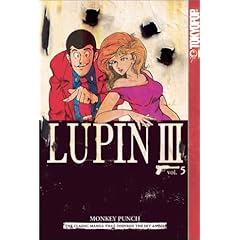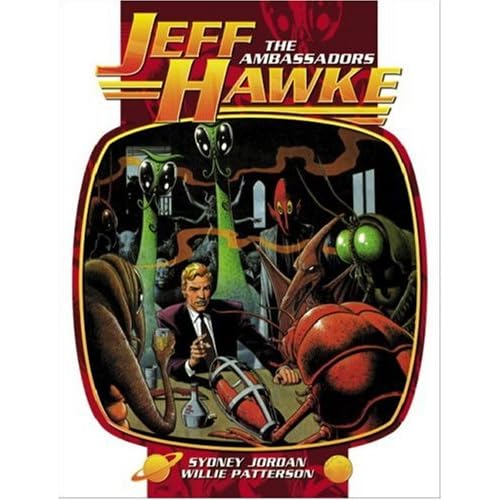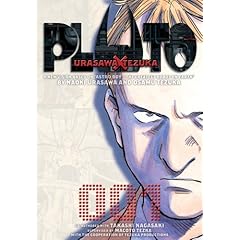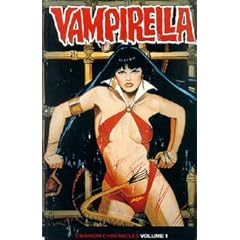
I love it when a title meets your expectations. I really like both the Muppets and Roger Langridge's excellent work, so this was a property made in heaven for me. This isn't some jerryrigged fairytale or adaptation bent to fit the Muppets, but rather a brand-new episode of the 1970s Muppet Show, just told in a comic book rather than on TV.
Langridge uses the format wonderfully, with goofy transitions from scene to scene and appropriate backstage chaos surrounding the main story while the onstage action (including "Pigs in Space," a visit to the Swedish Chef's kitchen and a report from the planet Koosbane) somehow manages to be pulled off without anybody dying.
If I had any complaints, it would be that it felt a little short to me, and that the evening's special guest stars - to reveal them in a review would spoil a good joke - got really short-changed. Then I figured that there were two musical numbers by the guests which the comic didn't have the rights to "broadcast," sort of like "You've Got a Friend in Me" on the season one DVDs, and felt better about it.
Langridge packs each page with gags and puns and silliness. His characterization is dead-on and you won't be able to read the Swedish chef's dialogue out loud with a straight face. My favorite part was, as usual, Statler and Waldorf. While Langridge would never come right out and say it and spoil the mystique, I think we're pretty sure the reason why they keep coming to the darn theatre is because they really just love giving that bear a hard time. Recommended for Langridge fans, Muppet fans and families.








